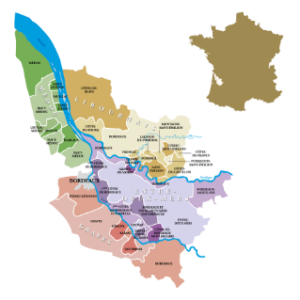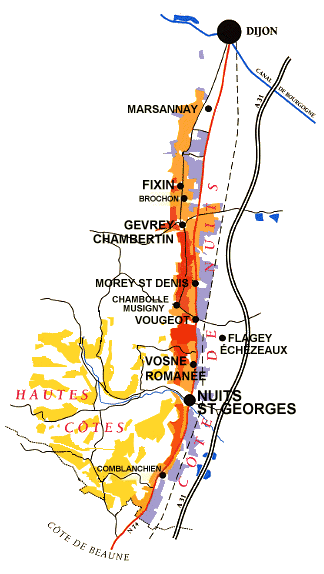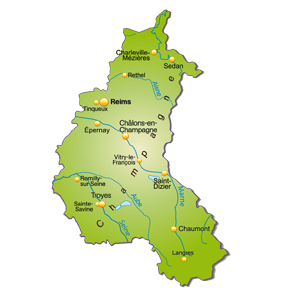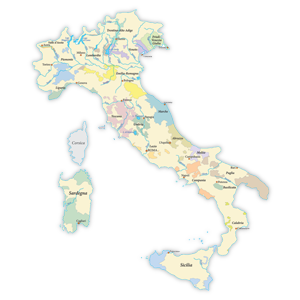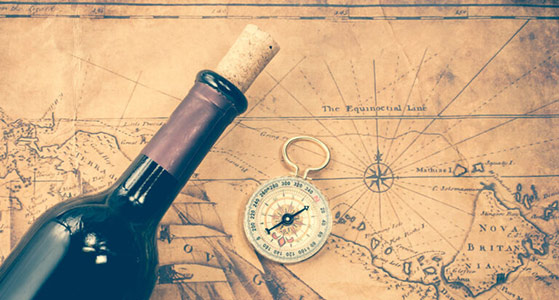Labels
Bottles Bourgogne Size
For Burgundies and wines in comparable bottles, such as wines from Germany and Alsace, the filling level is indicated in centimeters. Measured from the bottom of the cork to the level of the wine. Levels less than 2 centimeters are not described.
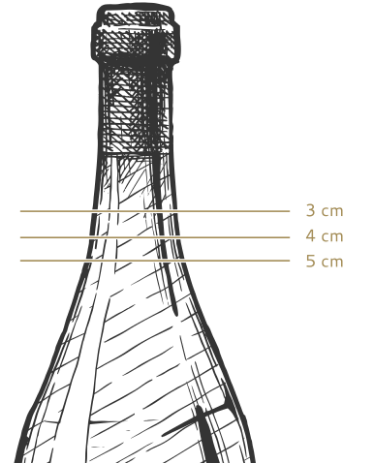
Charles Vienot Bonnes Mares 1989
€260,00 incl BTW: €314,60
Op voorraad




Specificaties
| Country | |
|---|---|
| Region | |
| Sub Region | |
| Bottling | Estate Bottled |
| Type of Wine | Red wine |
| Jaar | |
| Bottle size | 0.75 L |
| Packaging | Loose |
| Rating Scale | – |
| Rating | – |
| Reviewer | – |
| Label |
gl |
| Capsule | good condition |
| Level |
neck |
Bonnes-Mares is a grand cru vineyard in Burgundy’s Côte de Nuits region. It mostly lies within Chambolle-Musigny, with a small 1.5-hectare (3.7-acre) plot in neighboring Morey-Saint-Denis. Bonnes-Mares is planted entirely to Pinot Noir, making wines that are heavier and more robust than those from Le Musigny, and are capable of being aged for many years.
The climat covers 15ha (37 acres) of land on the midslope of the Côte d’Or. Bonnes-Mares borders the Clos de Tart Grand Cru site on its northern side, and to the south and west is surrounded by premier cru vineyard. Chambolle-Musigny represents the first major break in the strip of grand cru vineyards that runs through the Côte de Nuits – north of Bonnes-Mares, the grands crus are contiguous through Morey-Saint-Denis into Gevrey-Chambertin.
Bonnes-Mares is one of the more fragmented grand cru vineyards in Burgundy, with more than 30 producers owning land in the climat (although Clos de Vougeot, a little way south, has more than 80 proprietors). A look at the Chambolle-Musigny plan cadastral (a parish survey plan, with every plot annotated with the names of its owners) shows the meticulous definition involved. Napoleonic inheritance laws dictate that land must be divided equally between all members of a subsequent generation, so the number of plots will only increase in the future unless an organizational change is made.
To compound this fragmentation, Bonnes-Mares has visible soil variations within the site, leading to tangible differences in wine style. Plots at the Morey-Saint-Denis end of the site have richer, deeper soils and produce more austere, weightier wines. The soils at the southern end, near Chambolle, are finer and lighter with a higher proportion of limestone, resulting in a silkier, more-perfumed style of wine. This translation of terroir into wine is becoming more emphasized over time, as Bonnes-Mares becomes divided between an increasing number of owners.
Some of Burgundy’s most famous names count among the proprietors of the Bonnes-Mares site. Domaines Comte Georges de Vogüé and Georges Roumier are some of the largest landholders here, and négociant Louis Jadot owns just more than a hectare (2.5 acres) of land in the vineyard.
There are several proposed etymologies for the Bonnes-Mares name. The most widely believed is that it is a reference to the Cistercian Bonnes Meres (“good mothers”) of the nearby Notre Dame de Tart Abbey. This was the first Cistercian monastery for women, established in 1125, and gives its name to Bonnes-Mares’ northern grand cru neighbor, Clos de Tart.


